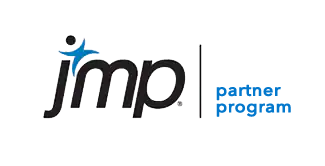Capabilities
Adsurgo is a professional services company solving problems through direct engagement consulting services and training workshops focused on the use of analytics.
CAPABILITIES
What We Do
ANALYTICS COURSES
Now Registering
Search:
| Event | Date | |
|---|---|---|
| Quality by Design for the Life Cycle of an Analytical Procedure (2.0 days) |
|
Register |
| Statistics for FDA Process Validation (3.0 days): |
|
Register |
| What's New in JMP 18....and JMP 17! |
|
Register |
| Spec Setting and Stability Analysis using JMP (0.5 days) |
|
Register |
| Applied Statistics for Scientists (2.0 days) |
|
Register |
| Quality by Design (QbD) using DOE (3.0 days) |
|
Register |
| Design of Experiments (DOE) using JMP (1.0 days) |
|
Register |
| Advanced Design of Experiments (1.0) Days |
|
Register |
| Reliability Engineering and Survival Analysis (1.0 days) |
|
Register |
| Demonstration of Comparability for Chemistry, Manufacturing, and Controls (CMC) in the Pharmaceutical Industry (0.5 days) |
|
Register |
We're Here To Help!
Adsurgo LLC
3700 Quebec St. Unit 100, Suite 258
Denver, CO 80207-1639
Denver, CO 80207-1639
Call Us
(720) 536-0851




